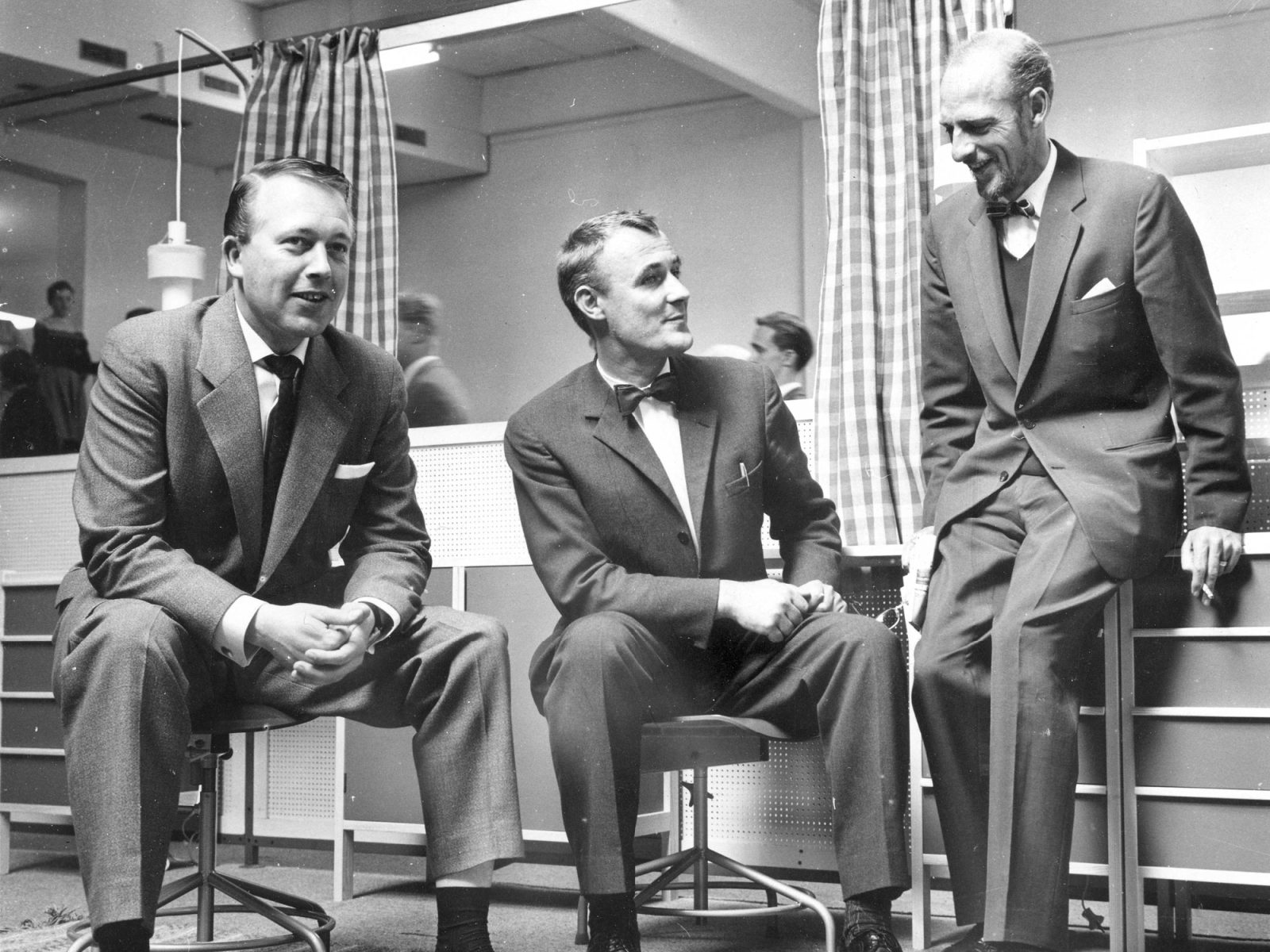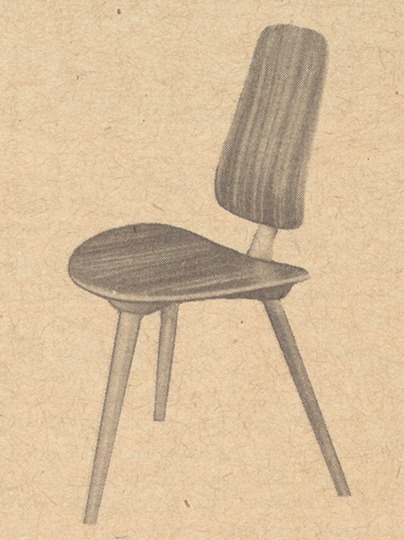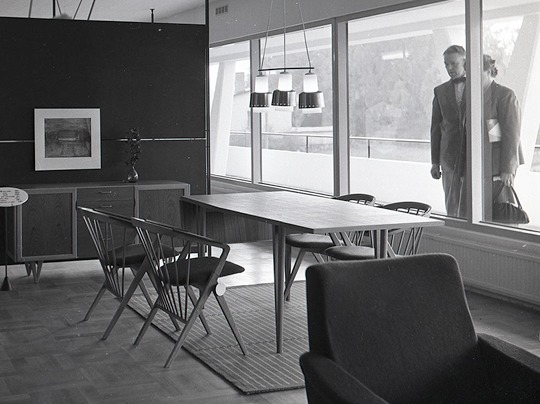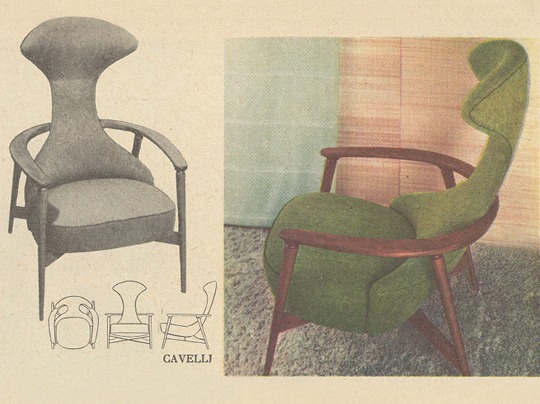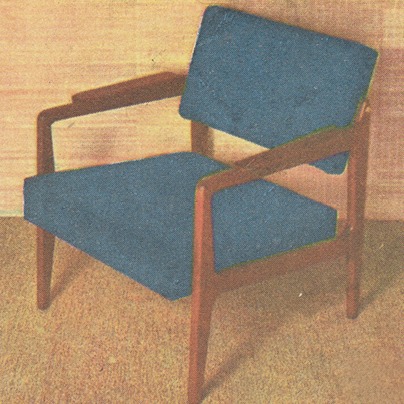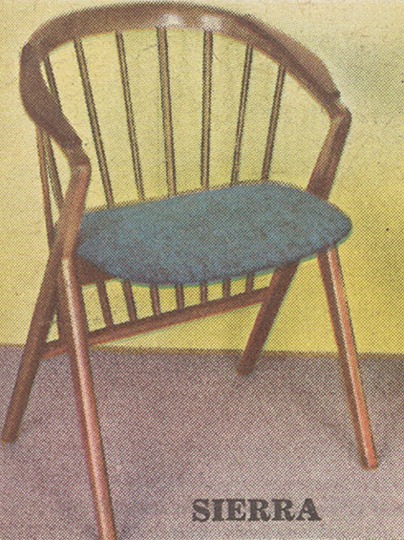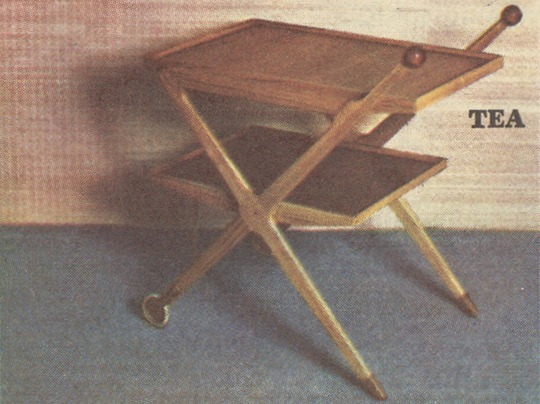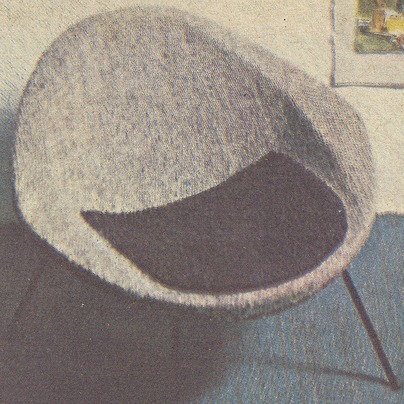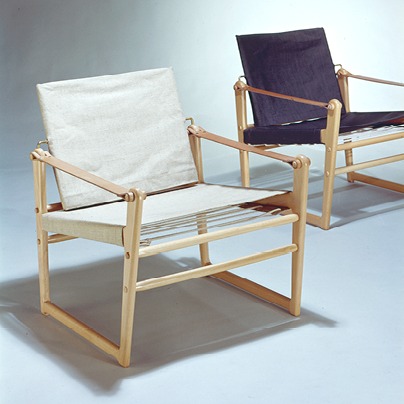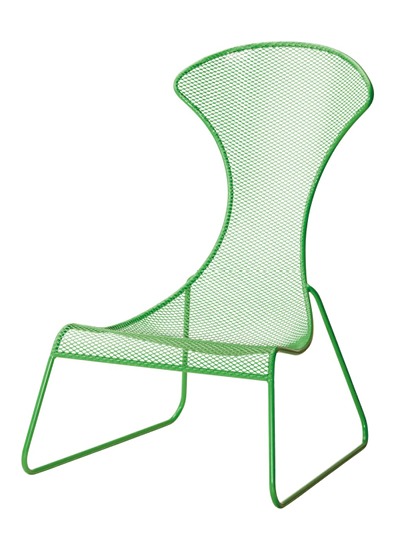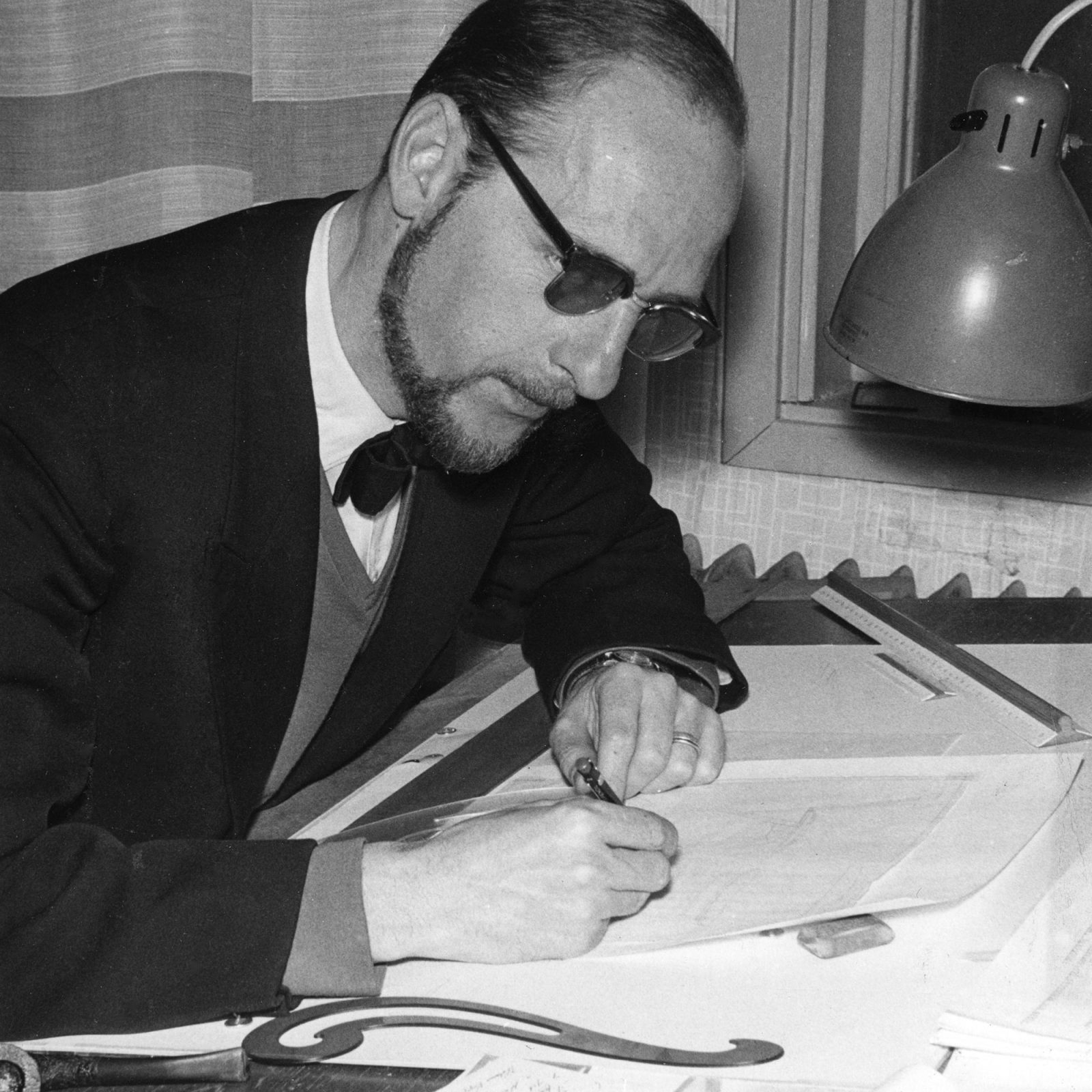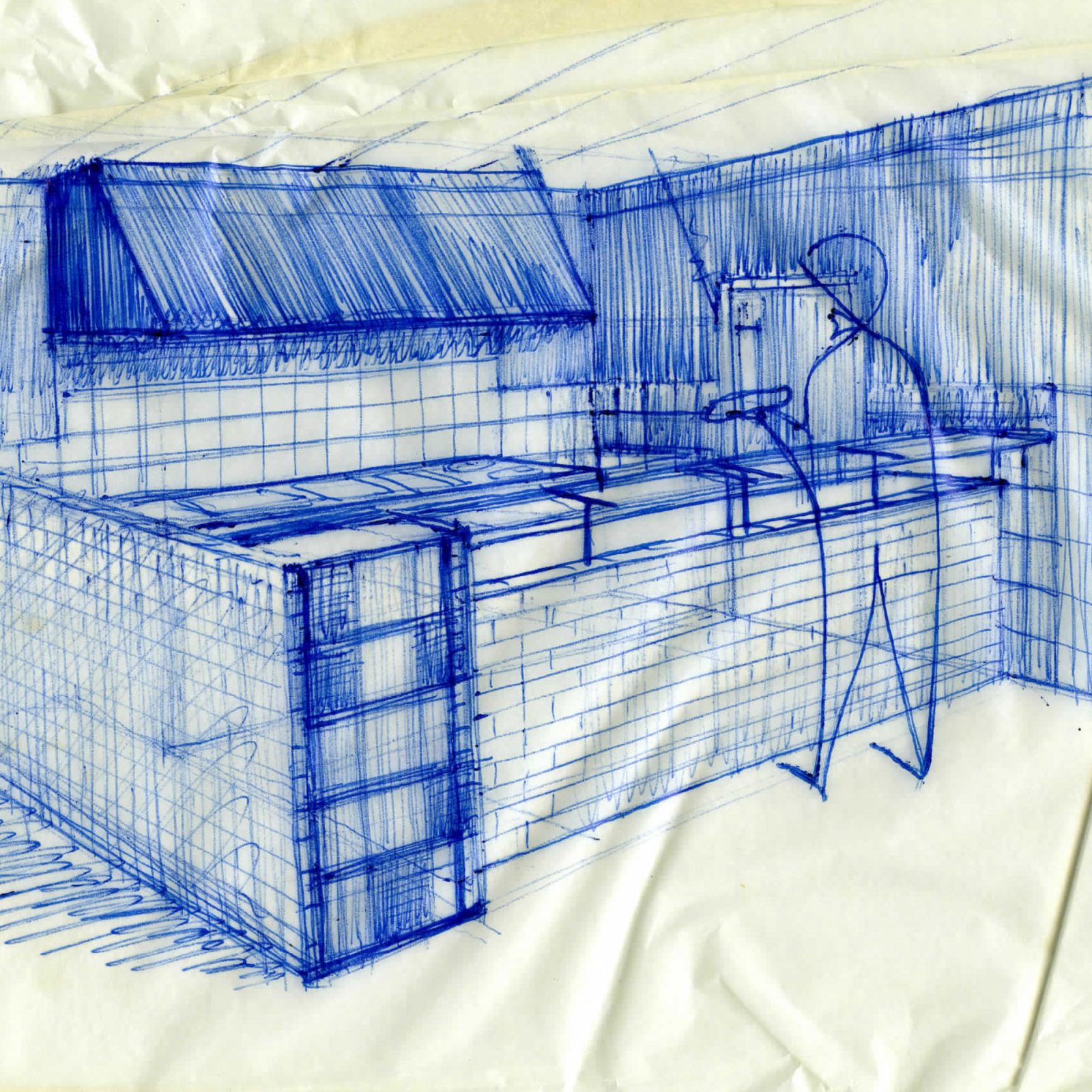19
58
In 1958, the GRILL chair won the jury award at the Society of Crafts and Design’s major design exhibition – the forerunner of Excellent Swedish Design. It could, of course, be flatpacked, and is also a good example of how IKEA focused on smart product development. Bengt kept the price down by using parts from the suppliers that offered the lowest cost and had expert knowledge about the right materials and techniques.
Bengt Ruda would contribute far more than flatpack fittings expertise in his role at IKEA. Thanks to his way with aesthetics, the brand was able to make a huge step forward regarding the use of colour and textiles in home furnishing. In the 1959 IKEA catalogue, Bengt advised wisely: “A firm rule is that the room should be given a neutral colour, and the home furnishing textiles should give the room that individual touch that everyone should try to achieve to feel comfortable.”
In 1960, IKEA opened its first restaurant in a new annex added to the 1958 store. Bengt Ruda was responsible for designing the restaurant, including an open kitchen and light wood furnishings incorporating his own dining chair, SIERRA.


